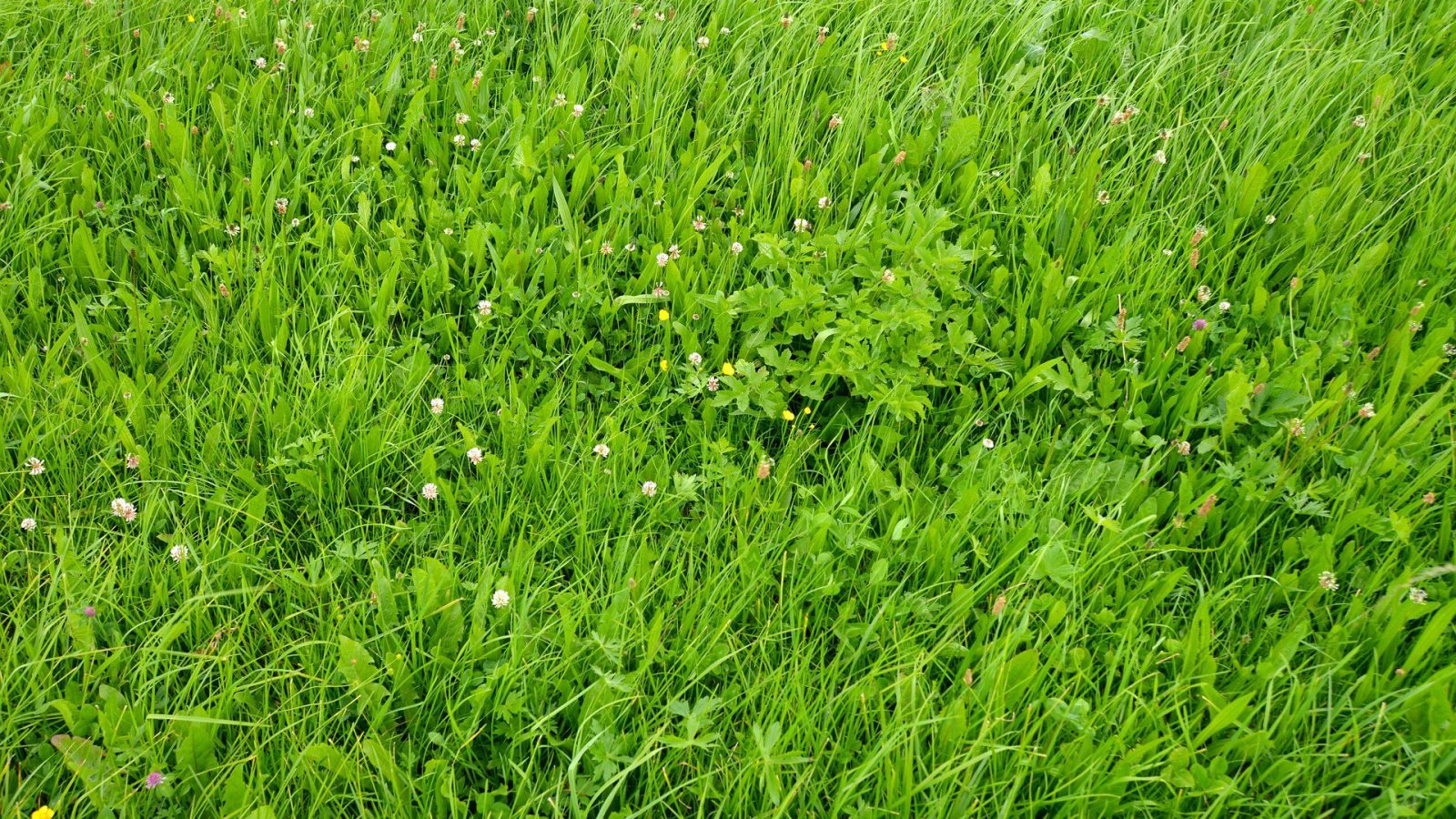Bijeenkomst: EGF2015 Auteur: Santiago C., Jiménez-Calderón J.D., González A., Vicente F. and Martínez-Fernández A. ISBN: 978-9090-289-61-8 Jaar van uitgifte: 2015 Producttype: Paper The oceanic climate conditions of Asturias (Spain) are favourable for grass and pasture production. However, the use of concentrates in dairy-cow diets has increased in the last decades. The aim was to study …
The amount of maize in the feed ration influences milk composition in Northern SpainRead More
